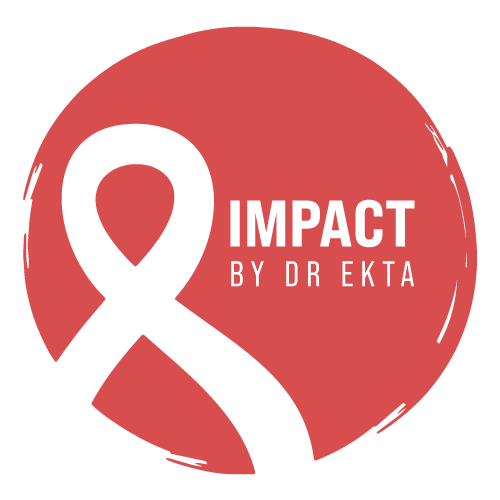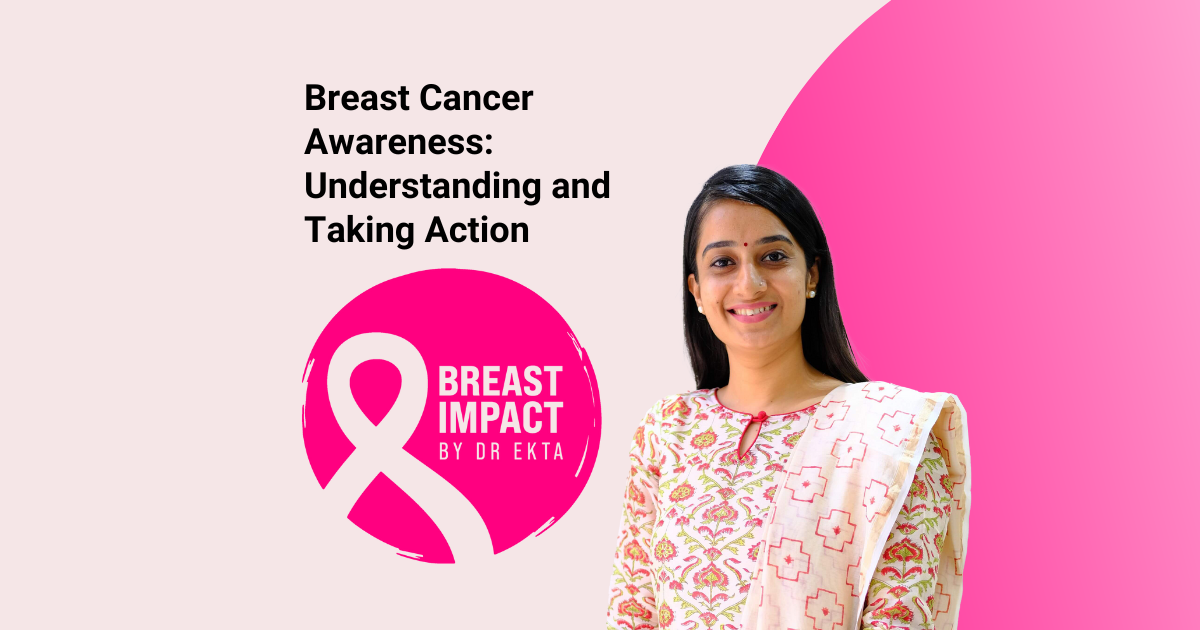I dedicate much of my time to raising awareness about breast cancer, a disease that affects millions of women worldwide each year. Despite the advances in research and treatment, early detection remains a critical factor in improving outcomes and saving lives.
This blog is my way of spreading Breast Cancer Awareness, helping you understand the disease, its impact, and the steps you can take to protect yourself and your loved ones.
What Is Breast Cancer?
Breast cancer arises when cells in the breast tissue grow uncontrollably. These abnormal cells can form a lump or mass, and if left untreated, they may spread to other parts of the body.
While breast cancer can develop in both men and women, it is far more common in women. In fact, it is the most diagnosed cancer among women globally, making Breast Cancer Awareness essential for everyone.
Why Breast Cancer Awareness Matters
Raising Breast Cancer Awareness isn’t just about highlighting the statistics. It’s about empowering people with the knowledge they need to take charge of their health. Early detection can make all the difference.
When breast cancer is caught early, the chances of successful treatment and survival increase significantly. However, many women are unaware of the warning signs or neglect routine screenings, often due to fear, misinformation, or lack of access to healthcare.
Recognizing the Symptoms
One of the first steps in Breast Cancer Awareness is recognizing the signs and symptoms. While not all lumps in the breast are cancerous, any noticeable changes should prompt a visit to your doctor.
Common symptoms include:
- A lump or thickening in the breast or underarm.
- Changes in the size, shape, or appearance of the breast.
- Unexplained nipple discharge, especially if it is bloody.
- Redness, scaling, or puckering of the breast skin.
Remember, early-stage breast cancer may not cause any symptoms at all, which is why regular screenings are so crucial.
Risk Factors to Consider
Another key aspect of Breast Cancer Awareness is understanding the factors that may increase your risk. While some of these are beyond your control, there are lifestyle changes that can help lower the risk.
- Age: The risk increases with age, particularly after the age of 50.
- Family History: A family history of breast cancer or ovarian cancer can raise your risk, especially if a close relative was diagnosed at a young age.
- Genetic Mutations: Inherited mutations in genes like BRCA1 and BRCA2 are significant risk factors.
- Hormonal Factors: Early menstruation, late menopause, and hormone replacement therapy can all contribute to higher risk.
- Lifestyle Choices: Smoking, excessive alcohol consumption, obesity, and lack of physical activity have been linked to an increased risk.
The Role of Screening
Screening is at the heart of Breast Cancer Awareness campaigns because it saves lives. Detecting breast cancer in its early stages often means more treatment options and better outcomes.
Mammograms
A mammogram is a low-dose X-ray of the breast that can detect abnormalities before they cause symptoms. I recommend women begin regular mammograms starting at age 40 or earlier if they have a family history or other risk factors.
Self-Examinations
While self-examinations are not a substitute for professional screenings, they are a simple way to become familiar with your body. Checking your breasts monthly can help you notice any changes early.
Clinical Breast Exams
Performed by a healthcare professional, these exams can complement mammograms and help detect lumps or other abnormalities.
Prevention Through Lifestyle
Prevention plays a vital role in Breast Cancer Awareness. While no single strategy can eliminate the risk, adopting a healthy lifestyle can go a long way in reducing it.
- Maintain a Healthy Weight
Excess weight, especially after menopause, can increase the risk due to higher estrogen levels. A balanced diet and regular exercise can help you maintain a healthy weight. - Stay Physically Active
Engaging in at least 150 minutes of moderate exercise per week can lower your risk by balancing hormone levels and improving overall health. - Limit Alcohol Consumption
Alcohol is a known risk factor for breast cancer. If you choose to drink, do so in moderation—no more than one drink per day. - Quit Smoking
Smoking has been linked to a higher risk of breast cancer, especially in younger women. Quitting is one of the best decisions you can make for your overall health. - Breastfeed, If Possible
Breastfeeding not only benefits the baby but also reduces the mother’s risk of developing breast cancer.
Advancing Research and Support
One of the most inspiring aspects of Breast Cancer Awareness is the progress being made in research. Advances in treatment, such as targeted therapies and immunotherapies, are offering new hope to patients.
Support systems also play a crucial role. From patient support groups to community organizations, there are numerous resources available to help individuals and families navigate the challenges of a breast cancer diagnosis.
As an oncologist, I’ve seen the strength that patients draw from these networks, and I encourage anyone affected by breast cancer to seek support.
My Personal Mission
For me, Breast Cancer Awareness is more than a campaign, it’s a mission. Every patient I meet reinforces the importance of education, early detection, and compassionate care.
I encourage my patients to ask questions, stay informed, and prioritize their health. Breast cancer is a journey, but it’s one that no one has to face alone. Together, through awareness and action, we can continue to make strides against this disease.
Taking Action
I urge you to take action. Schedule that mammogram, start a new exercise routine, or share what you’ve learned with someone you love. Every step you take toward prevention and early detection makes a difference.
Breast cancer may be common, but with awareness, education, and early intervention, we have the power to reduce its impact and save lives.
Let’s work together to spread Breast Cancer Awareness and create a healthier future for all.

